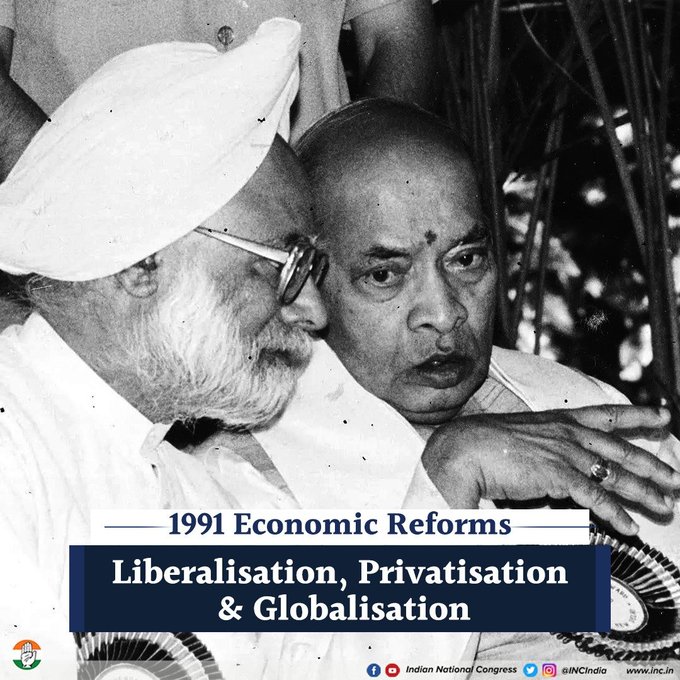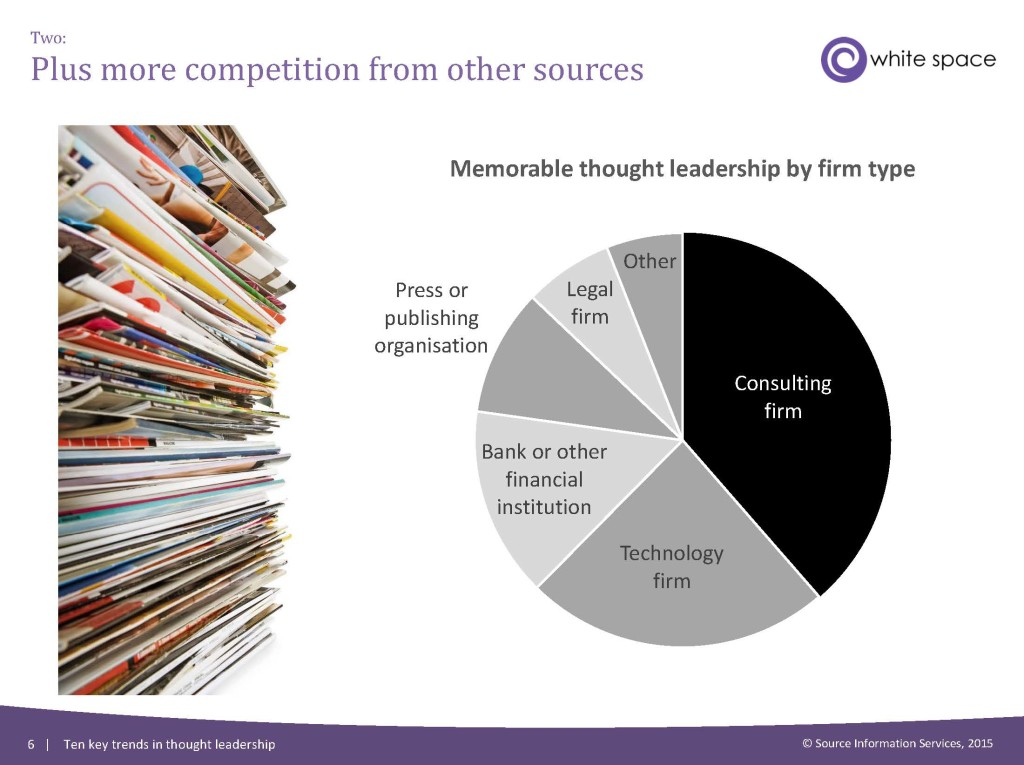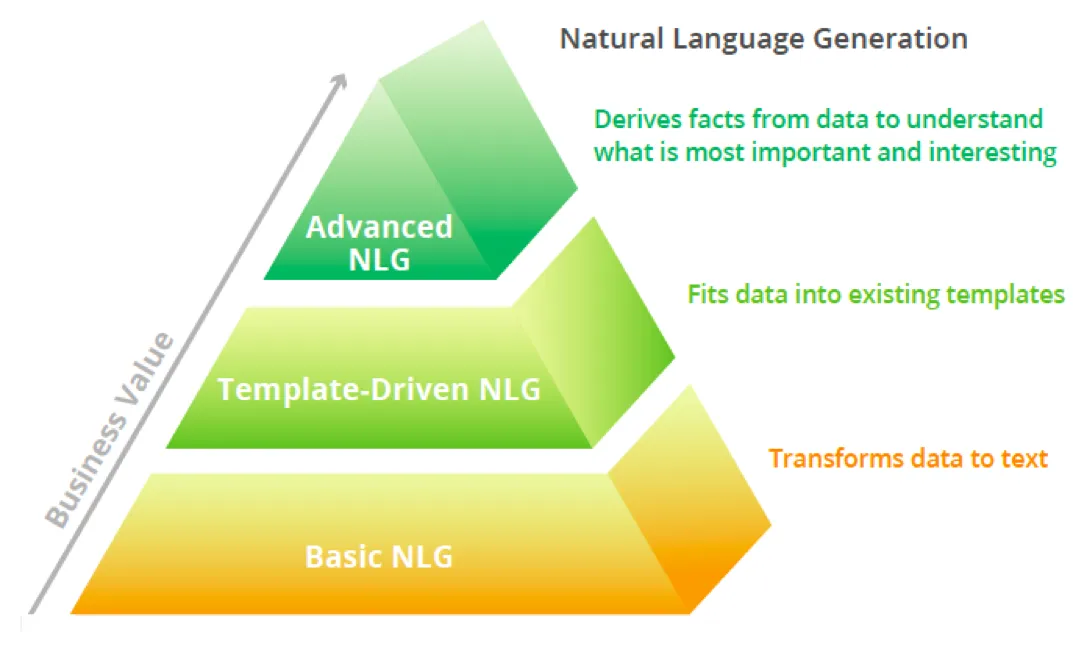Before the presentation, I challenged several of the people sitting around the table by saying Paul Wolfowitz might not be a bad choice for the World Bank presidency. I got a series of responses that reminded me that the New School had been the last bastion of legitimate Communist Economics. And then the lecture began:
J. Mohan Rao of the University of Massachusetts at Amherst led a workshop at the New School’s Bernard Schwartz Center for Economic Policy Analysis. These are my observations based on what I heard:
Professor Rao evaluated the impact of India’s economic reforms by comparing economic growth in the 80’s and the 90’s. Since 1980, the Indian economy has had 5-year economic cycles steadily grown and average growth of 5.7%. While growth rates were similar in the 80’s and 90’s, the growth in the 80’s was unsustainably fueled by government debt spending and financial controls. However, the 90’s might have created social inequities.
A government financial crisis in 1991 led to a series of reforms that dealt with openness of finance, foreign trade, and domestic policies. The reforms aimed at globalization, but may not have directly affected external integration. Many of the reforms that were prescribed are similar to those promoted by the IMF and World Bank, and that have been called the American Consensus. The reforms included:
- Reducing non-tariff barriers
- Broadening export incentives
- Reducing tariffs by 80%
- Reducing barriers to foreign direct investment
- Devaluation of the exchange rate
- De-licensing the private sector
- Taking away set-aside sectors for small companies and the public sector
The effectiveness of the reforms was questioned at the workshop. One failure is the social inequity that the reforms MIGHT have caused. The middle class and college educated have benefited, but not everyone. In fact, the manufacturing sector stagnated and agricultural output fell in the last 15 years. That’s significant because 60% of the population is involved in agriculture. Personally, I wish there was stronger, quantitative evidence that the poor’s standard of living declined because of Neo-liberal economic policies.
Another problem with the reforms was that the 80% drop in tariffs was followed by a dramatic drop in government revenues. Public capital was 5.6% of GDP in 1991, but 2.6% of GDP in 2000. This had dramatic ramifications throughout Indian society. Reduced funding limited the government’s ability to regulate. Maybe India wouldn’t face periodic brown-outs if the government had more money to invest in its national infrastructure.
Interesting fact: In the last 14 years, the India’s foreign trade grew from 14% to 26% based on a Trade/GDP ratio. As a comparison, the U.S.’s ratio is 16% and China’s is about 31%.
Between 1991 and the present, Indian IT and IT-enabled Services (i.e., call-centers) were the only sectors that grew dramatically faster than the rest of the economy. Coupled with a world-class higher education system, this has lead many people to think that India can “leapfrog” stages of development into a “knowledge economy”. However, this might not be the best approach. The IT companies compete globally and don’t necessarily have strong links to the rest of the domestic economy. Would a traditional development strategy that focused on industrial jobs have been a better approach?
The Congress Party recently unseated the BJP government because of most people hadn’t benefited from globalization and the economic reforms. Like Lula’s government in Brazil, the Left’s coalition hasn’t made drastic policy changes, but they may want to consider these two policy recommendations:
- Increase income taxes. This will make the rising middle class pay for needed government services.
- Invest in infrastructure projects. China is far ahead of India in this area.



